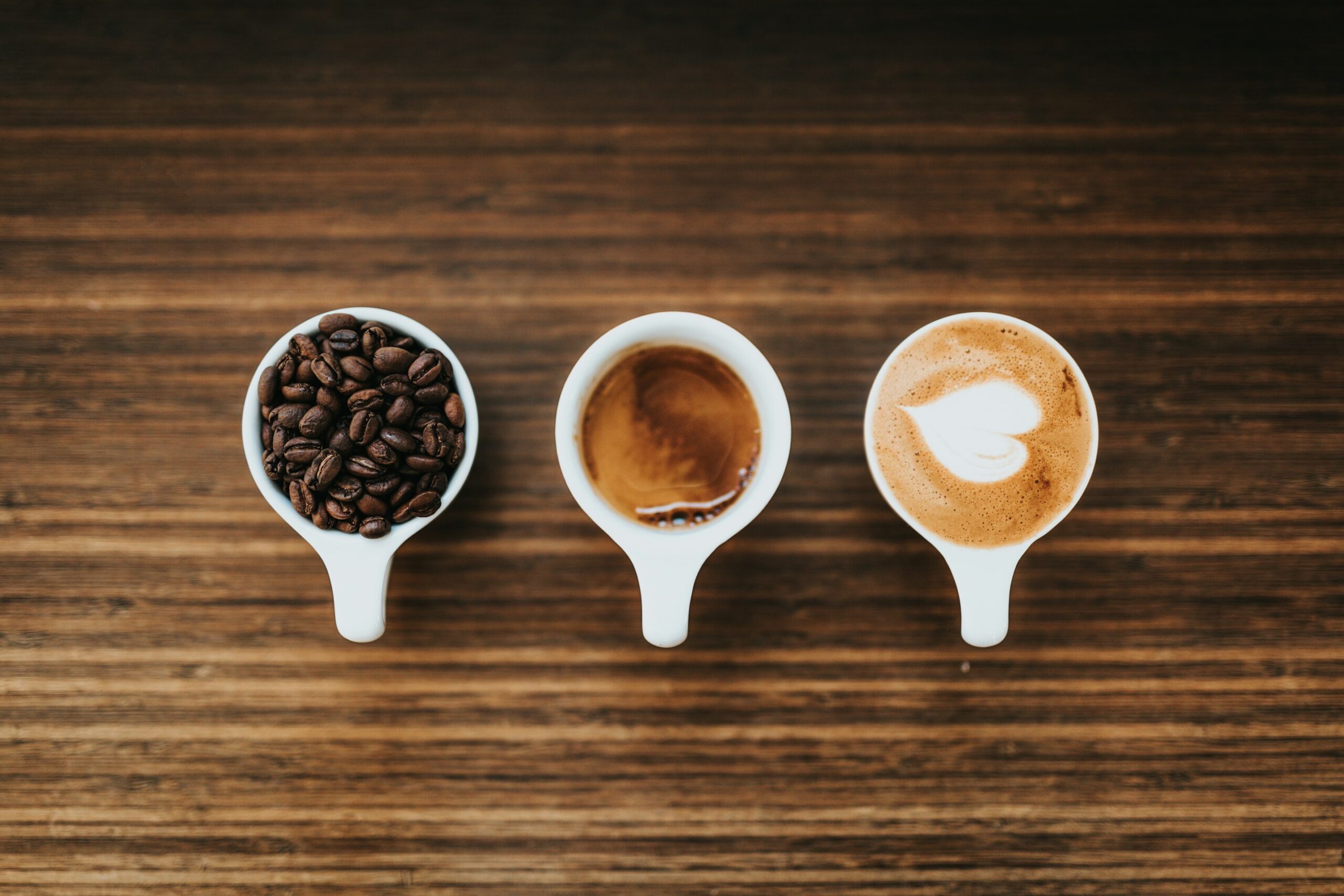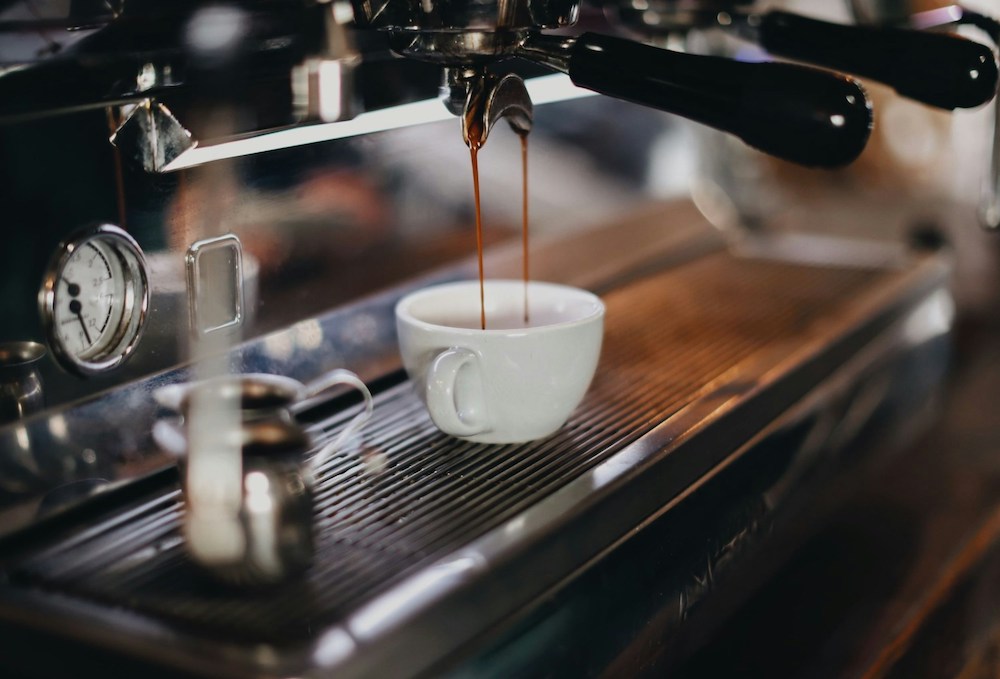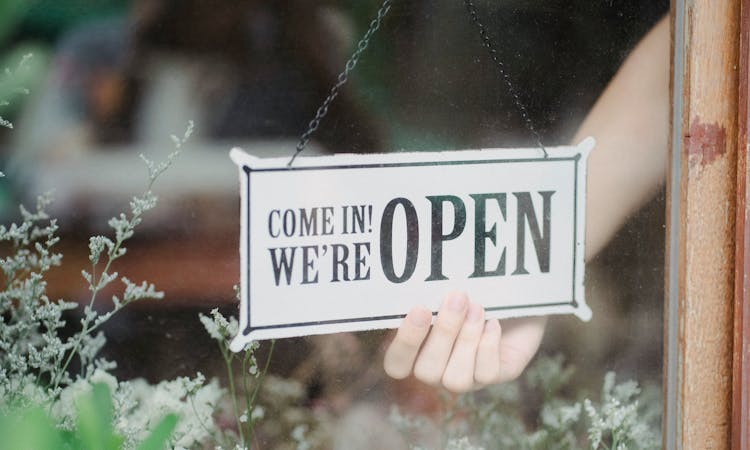As a leading coffee franchise in the UK, we know a thing or two about great coffee. And with around 98 million cups of coffee drunk per day in the UK, it’s safe to say the beverage’s popularity isn’t going anywhere anytime soon – so you’ll want to get your order straight!
Nowadays, coffee shop menus are laden with different drinks and coffee terms, so you'd be forgiven for deliberating on which is the right brew for you. Our ultimate beginner’s guide to coffee takes you through everything you need to know, from coffee beans to the different types of coffee.
Coffee Guide
- Coffee Beans
- Ethical Coffee
- Coffee Ingredients & Ratios
- Different Types of Coffee Explained
- Flavoured Coffee
Types of Coffee Beans
The quality of a cup of coffee lies in the beans, as these will influence the taste of the final drink. There are four main types of coffee beans:
- Arabica
- Robusta
- Liberia
- Excelsa
You might recognise Arabica and Robusta from your local coffee shops. Arabica is predicted to be the source of 60% of the entire planet's coffee production. Because these beans are slightly more difficult to grow and regarded as the highest quality, they're often a bit more expensive. However, there's no denying the taste is worth it.
If you're more inclined to a coffee with a bit of an edge, you might prefer Robusta. It's renowned for having a slight bitterness compared to the smoothness of an Arabica.

What Can Affect the Taste of Coffee Beans?
There are a few other factors aside from coffee bean types that may influence flavour, including:
- The coffee farm’s region and altitude
- The coffee farm’s soil
- The roasting, grinding or brewing method
What is Ethical Coffee?
Another increasingly important consideration for many of us when buying coffee is whether it’s sustainable and ethically sourced.
Ethical coffee is that which has been sustainably sourced with production and distribution methods that prioritise people and the planet. This means paying farmers fairly and working with them to invest in programmes to protect the land where coffee is grown.
Our Esquires stores all carry Fairtrade and organic products, ensuring we can embrace methods that put community and the environment at the heart of what we do.
When considering whether a particular coffee is ethically and sustainably sourced, look for transparency. When a company is transparent about its supply chain, you should be able to trace the coffee back to its origin and the farm where it was grown.
Fairtrade and sustainable coffee should also be stamped with the according certification logo, telling you more about the beans’ journey.
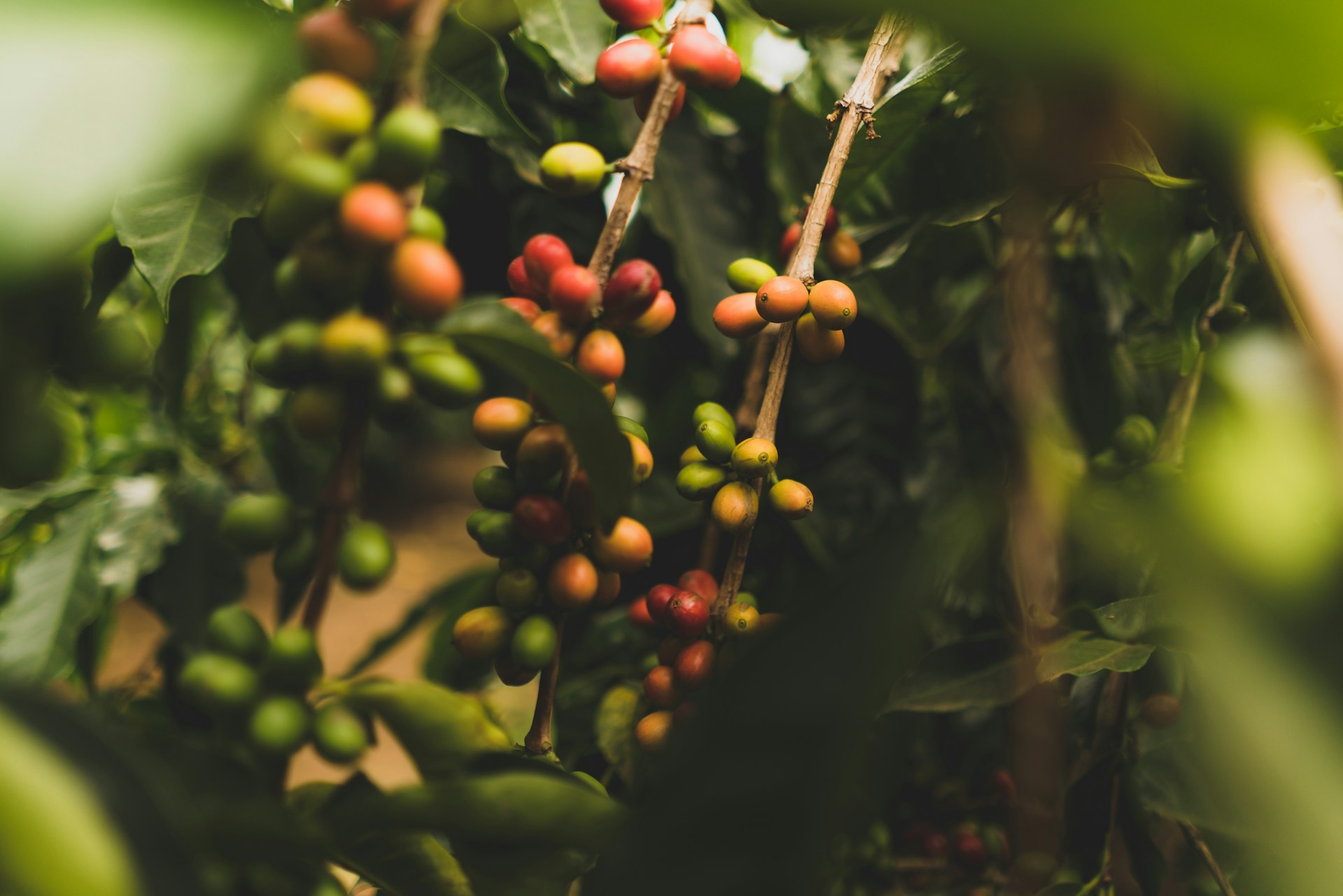
Coffee Ingredients & Ratios
All coffee drinks begin with one main ingredient: espresso. This is a strong concentration of coffee brewed under intense pressure. From this base, water, steamed milk, milk foam and syrups can be added to create the different drinks we know and love.
The main difference between the various coffee drinks is the ratio of coffee/espresso to other ingredients.
What is the Ground Coffee to Water Ratio?
The so-called golden ratio of coffee to water is around 1:18 (1 gram of coffee for every 18 grams of water), or in other terms, two tablespoons of ground coffee per six ounces of water.
This is a general rule of thumb but can be adjusted to suit the drink of individual taste preference.
Coffee & Milk Ratio
If we look at three of the most popular coffee drinks - the flat white, the cappuccino and the latte - you'll notice they all offer distinct differences, which mostly come down to their milk content.
- Latte: 1:3 coffee-to-milk ratio with a 1cm foam top.
- Flat White: 1:2 coffee-to-milk ratio with a microfoam layer.
- Cappuccino: 1:1:1 coffee-to-milk-to-foam ratio.
The varying milk ratios give each drink a distinct flavour and texture, showing just how diverse and delicious the world of coffee can be!

Different Types of Coffee Drinks
Coffee can be customised in so many ways, with options to add flavoured syrups, different milks and milk alternatives such as oat, soy or coconut, and the option to have it piping hot or over ice.
We delve a bit deeper into the most popular coffee drinks and their differences:
- Espresso
- Latte
- Cappuccino
- Flat White
- Cortado
- Macchiato
- Cafe au Lait
- Mocha
- Americano
- Iced Coffee
What is Espresso?
Espresso refers to the brewing method that creates a strong shot of coffee that can be enjoyed as they are or as the foundation for other coffee drinks.
Espressos are made by forcing water at high pressure through the finely ground coffee beans. While brewing, the concentrated oils within the espresso are extracted, forming a 'crema'. This is what creates its rich and intense aroma.
Espresso generally requires a darker roast, fine grind and high pressure to produce an ounce of concentrated coffee.

What is a Latte?
The name latte is derived from the Italian 'caffe latte', which translates to 'coffee milk'. It is an incredibly popular way to enjoy coffee, combining the intensity of a shot of espresso with silky steamed milk and a thin layer of foam.
A latte is made of:
- One part coffee
- Three parts milk
- Topped with foam
Other than the delicious, creamy texture, these drinks also offer distinction through various types of latte art. This is when baristas swirl the milk in creative patterns to create unique, appealing drinks.
What is a Cappuccino Coffee?
A cappuccino contains less milk than a latte - half to be exact. Because a latte and a cappuccino contain the same amount of espresso, the cappuccino holds a much more intense and natural flavour.
A cappuccino is made of:
- One part coffee
- One part milk
- One part foam
How Did the Cappuccino Get Its Name?
In Italy, the word cappuccino translates to 'little cap' or ‘hood’. The name originates from the Capuchin friars, where the colour of the Capuchin robe perfectly matches the mixture of the espresso and frothed milk in a cappuccino.
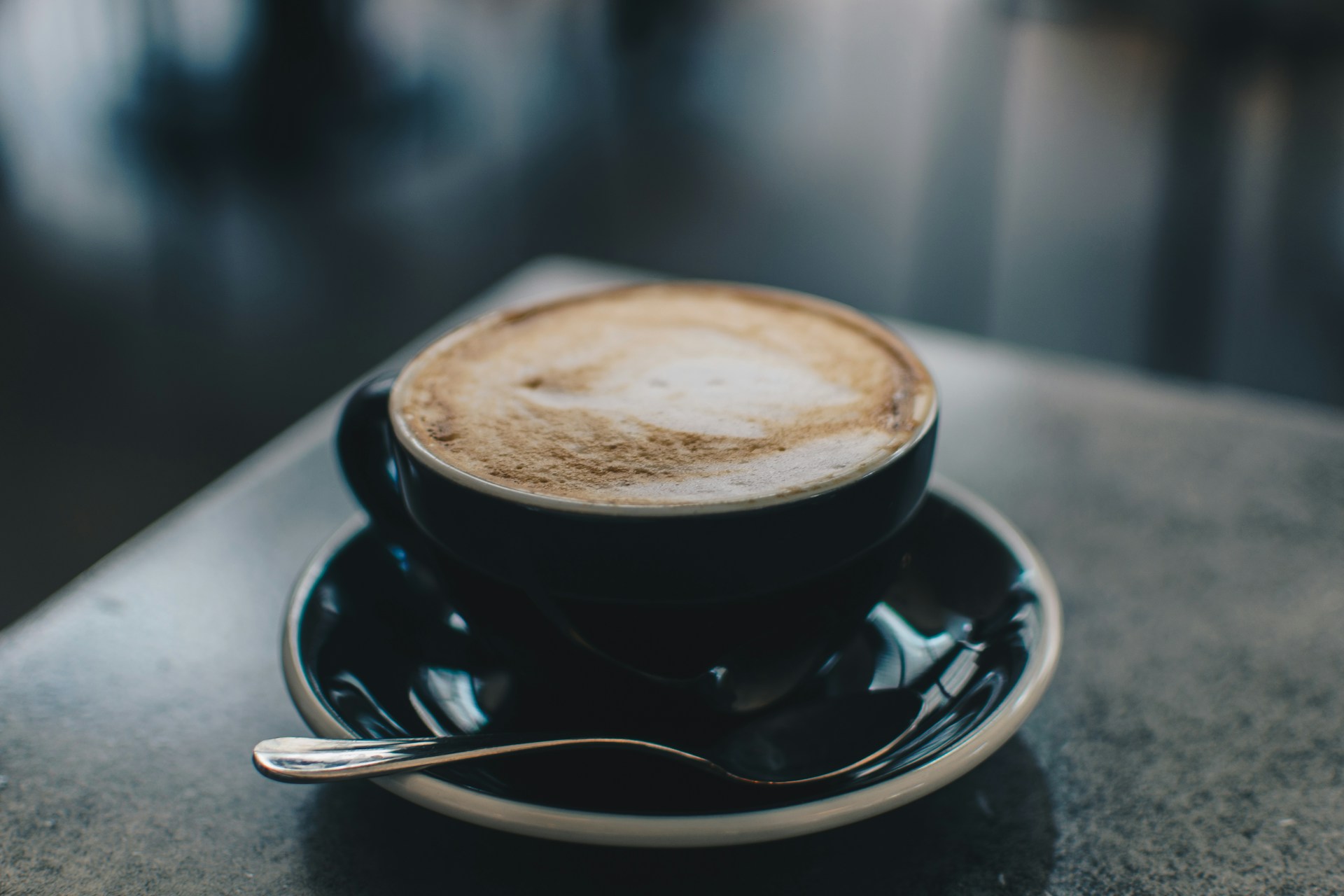
What is a Flat White?
A flat white is a coffee drink that consists of espresso and microfoam. This gives the drink its glossy and velvety consistency.
Flat whites can be enjoyed in two ways; they can either be served with very little foam or a lot of foam. The foam is never dry and should be velvety with a few bubbles.
Most coffee lovers enjoy the flat white as it offers all of the qualities of coffee, while the milk adds an extra layer of luxury.
A flat white is made up of:
- A double shot of espresso
- Topped with milk
- Finished with microfoam
What is a Cortado?
A cortado is a coffee drink of Spanish origin. It is made up of espresso, cut with warm milk. It is quite similar to a macchiato but has slightly more milk, offering a smooth, mellow flavour. Cortados also don’t contain foam or milk froth.
- One part espresso
- One part milk
What is a Macchiato?
A macchiato is an espresso shot, topped with a small splash of milk and a foamy top, served in a demitasse glass.
This coffee drink is sometimes referred to as a dry cappuccino as the drinks share some similarities, excluding the steamed milk.
A macchiato is made up of:
- A single shot of espresso
- Milk foam froth top
Should You Stir a Macchiato?
Macchiatos were intended to offer you some caramel, espresso and milk in one sip. Traditionally, macchiatos aren't stirred, but if you want to, it’s your choice.
What is Cafe au Lait
Cafe au lait is French for coffee with milk. It is made with equal parts milk and coffee. It is typically made with brewed or French press coffee rather than an espresso shot. It must also be made with warmed milk.
What is a Mocha?
The mocha coffee drink originates from Mocha, Yemen. Initially, Mocha was the only place where the arabica coffee plant could grow.
A mocha is a blend of the rich intensity of a cappuccino and the silky sweetness of a hot chocolate. Similar to the cappuccino, it contains espresso, warm milk, and a frothy top, but it also has the added infusion of a sweet, chocolatey twist. Chocolate can be added via powder, syrup or melted chocolate.
A mocha is made of:
- One teaspoon of drinking chocolate
- One part coffee
- One part milk
- One park foam

What is an Americano?
Is an americano just black coffee? In short, no. An americano is a coffee drink that combines an espresso shot that is then diluted with water, as opposed to dripped coffee. The drink can be accompanied by either hot or cold milk.
The drink itself has a rich depth that can easily be enjoyed black.
An americano is made up of:
- One part espresso
- Two parts water
Long Black Vs Americano
A long black and an americano are very similar; the main difference between the two is the order in which the water and the espresso are added. A long black is made by adding the espresso to the water; an americano is made by adding the water to the espresso.
A long black can sometimes be the preferred option as the drink lasts longer while still offering a rich and bold flavour.
How is Iced Coffee Made?
Coffee doesn’t just work as a hot beverage – iced coffees have become extremely popular in recent years and are great for enjoying in summer or when out and about.
Iced coffees are generally made by brewing the coffee to extract its full flavour and rich depth before instantly cooling it off over ice cubes.
The Original
A basic iced coffee is simple and straight to the point, it’s made up of:
- Coffee
- Ice
- A dash of milk
Cold Brew
A cold brew is a little more complex than the original. To create a cold brew, the grounds first need to be steeped. The grounds are usually steeped for six hours to a day and a half. The length of the steeping process will determine the strength of the drink.
Once the coffee has finished soaking, you can add in whatever you're feeling, whether milk, cream or some deliciously sweet syrup.
Iced Espresso
An iced espresso takes the timeless espresso and chills it. The espresso is cooled down with milk and poured over ice for a delicious delight.
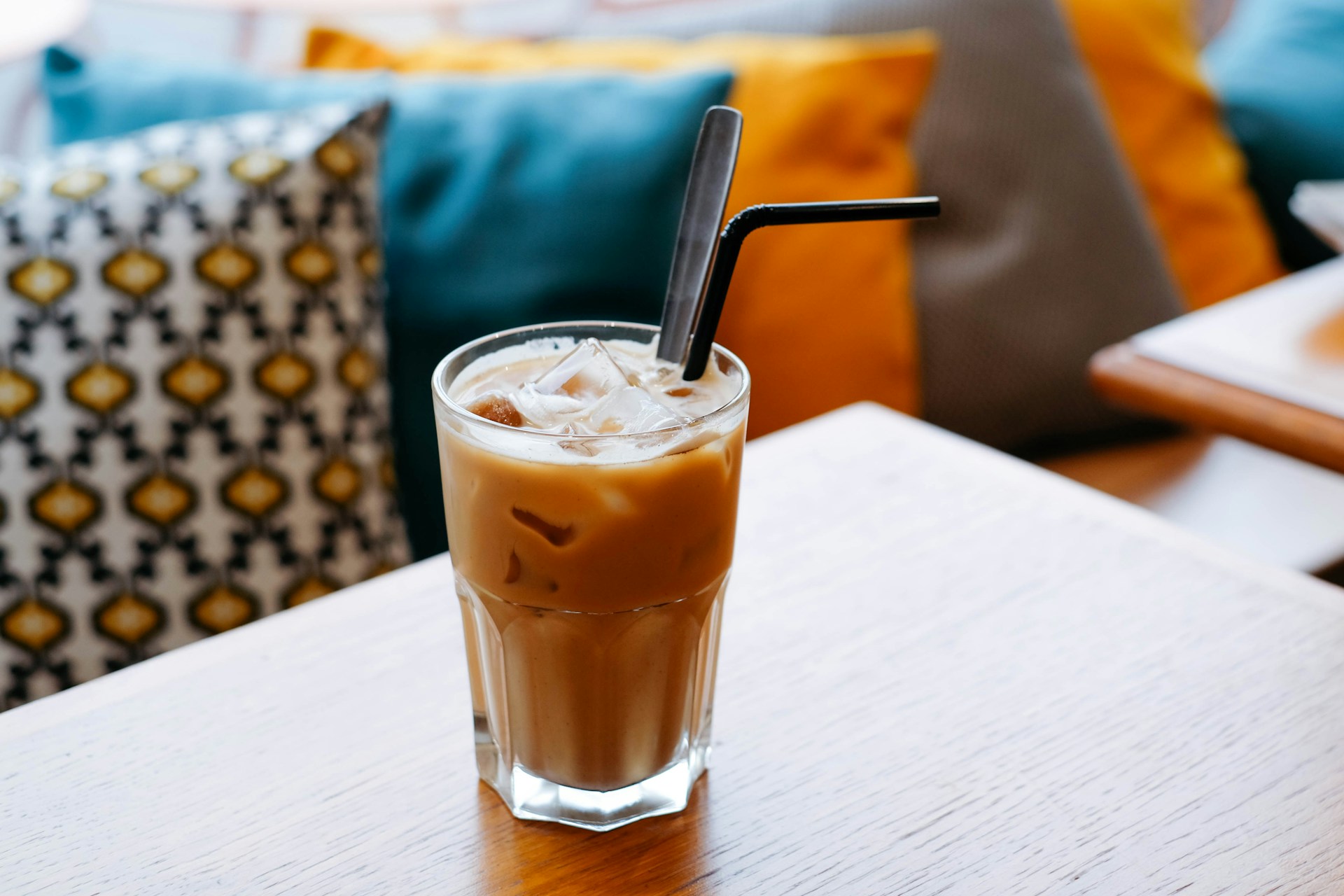
Flavoured Coffee
There are also endless flavour combinations you can enjoy with your coffee, whether this is through adding syrups and sugar or different milks.
Popular flavoured coffee syrups which you can ask your barista to add include:
- Vanilla
- Caramel
- Hazelnut
Coffee shops also often utilise flavoured syrups to create special seasonal coffees, including fan favourites such as pumpkin spice or peppermint during the festive period.
Ultimately, however you like to customise your go-to drink, there are more than enough options to ensure you stay happy and caffeinated (or not if you’re in the decaf camp!).
Want to put this newfound coffee knowledge to good use? Why not head to your local Esquires Coffee store for an unbeatable cup of coffee and a tasty treat? Find out where your nearest store is and pay us a visit!
About the author - Jack Anderson
Jack has been working in the franchise sector for over 12 years and is our in-house guru on all things business! Jack is also a keen hiker and can be found in some of the UK's best walking spots on the weekends.
